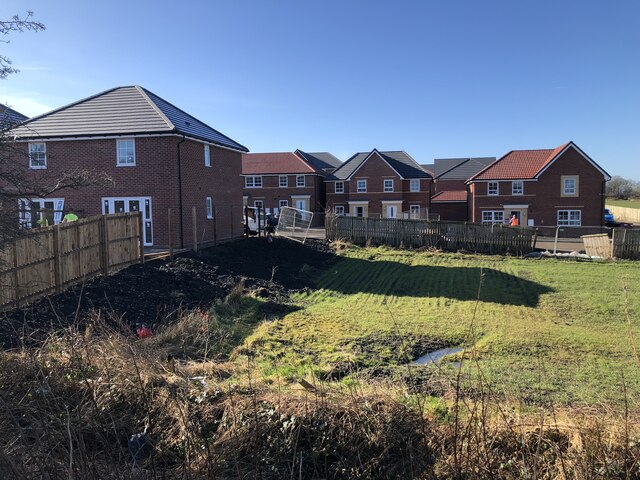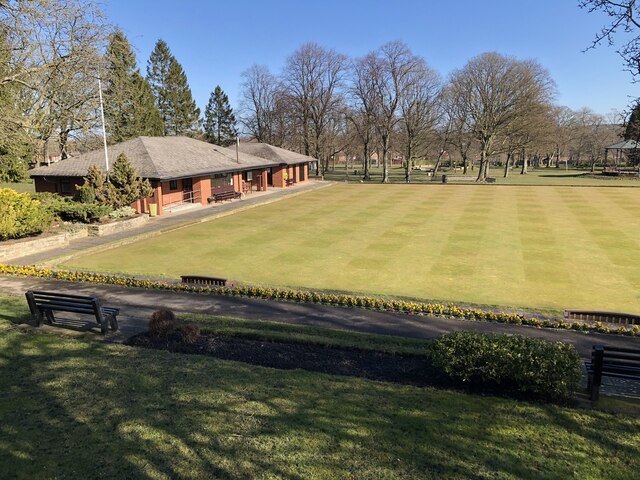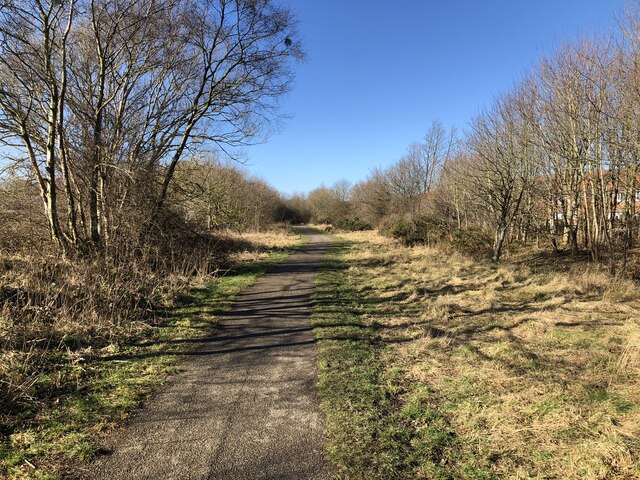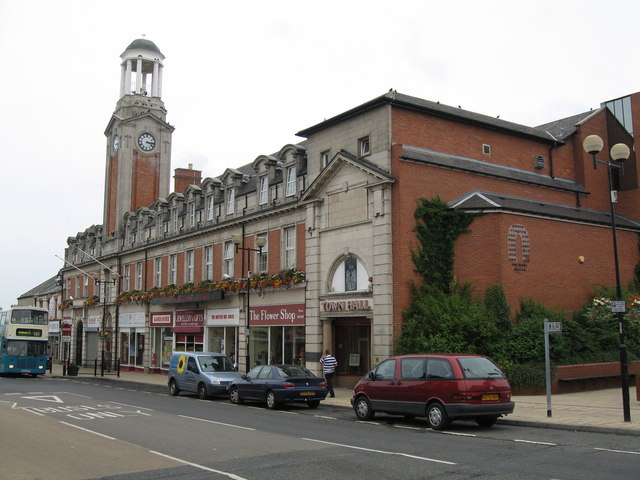New Town
Settlement in Durham
England
New Town

New Town is a vibrant and historic neighborhood located in the city of Durham, North Carolina. Situated in the heart of downtown Durham, it is known for its mix of residential, commercial, and cultural offerings. This diverse and tight-knit community has a rich history, with many of its buildings dating back to the late 19th and early 20th centuries.
The architecture in New Town is a blend of different styles, including Victorian, Georgian, and Colonial Revival. The tree-lined streets and well-preserved historic homes give the neighborhood a charming and picturesque atmosphere. Many of these homes have been lovingly restored, contributing to the area's character and appeal.
New Town is also home to a variety of businesses, ranging from boutique shops and art galleries to restaurants and cafes. The neighborhood is a popular destination for locals and tourists alike, with its vibrant street life and thriving cultural scene. It is often host to community events and festivals, showcasing the talents of local artists and musicians.
In addition to its commercial and cultural offerings, New Town boasts several parks and green spaces, providing residents with ample opportunities for outdoor recreation. The neighborhood is conveniently located near several major highways, making it easily accessible to other parts of Durham and the surrounding areas.
Overall, New Town is a unique and picturesque neighborhood that combines historic charm with modern amenities. Its vibrant atmosphere, rich history, and diverse community make it a highly desirable place to live, work, and visit in Durham.
If you have any feedback on the listing, please let us know in the comments section below.
New Town Images
Images are sourced within 2km of 54.700491/-1.6273765 or Grid Reference NZ2434. Thanks to Geograph Open Source API. All images are credited.



New Town is located at Grid Ref: NZ2434 (Lat: 54.700491, Lng: -1.6273765)
Unitary Authority: County Durham
Police Authority: Durham
What 3 Words
///clots.tile.gazes. Near Spennymoor, Co. Durham
Nearby Locations
Related Wikis
Whitworth, County Durham
Whitworth was a civil parish in County Durham, in England, centred on Whitworth Hall. It was one of several parishes abolished in 1937 to create the parish...
Whitworth Hall, County Durham
Whitworth Hall which stands in Whitworth Hall Country Park, near Spennymoor, County Durham England, is a country house, formerly the home of the Shafto...
Whitworth Hall Country Park
Whitworth Hall Country Park is a parkland based set in 73 acres (300,000 m2) 8 miles (13 km) from Durham in England, which rests on the outskirts of the...
Whitworth Park Academy
Whitworth Park Academy is a co-educational secondary school located in Spennymoor, County Durham, England. == History == The school was formerly known...
Tudhoe Grange
Tudhoe Grange is a suburb of Spennymoor, in County Durham, in England. Originally it was just a couple of farms on the edge of Tudhoe township, swallowed...
Middlestone Moor
Middlestone Moor is a village in County Durham, England. It is situated to the south west of Spennymoor - within the town council's limits. On 12 February...
Spennymoor railway station
Spennymoor railway station served the town of Spennymoor, County Durham, England from 1845 to 1952 on the Byers Green Branch of the Clarence Railway....
Spennymoor Town Hall
Spennymoor Town Hall is a municipal building in Spennymoor, County Durham, England. The town hall is the meeting place of Spennymoor Town Council. ��2...
Nearby Amenities
Located within 500m of 54.700491,-1.6273765Have you been to New Town?
Leave your review of New Town below (or comments, questions and feedback).
















